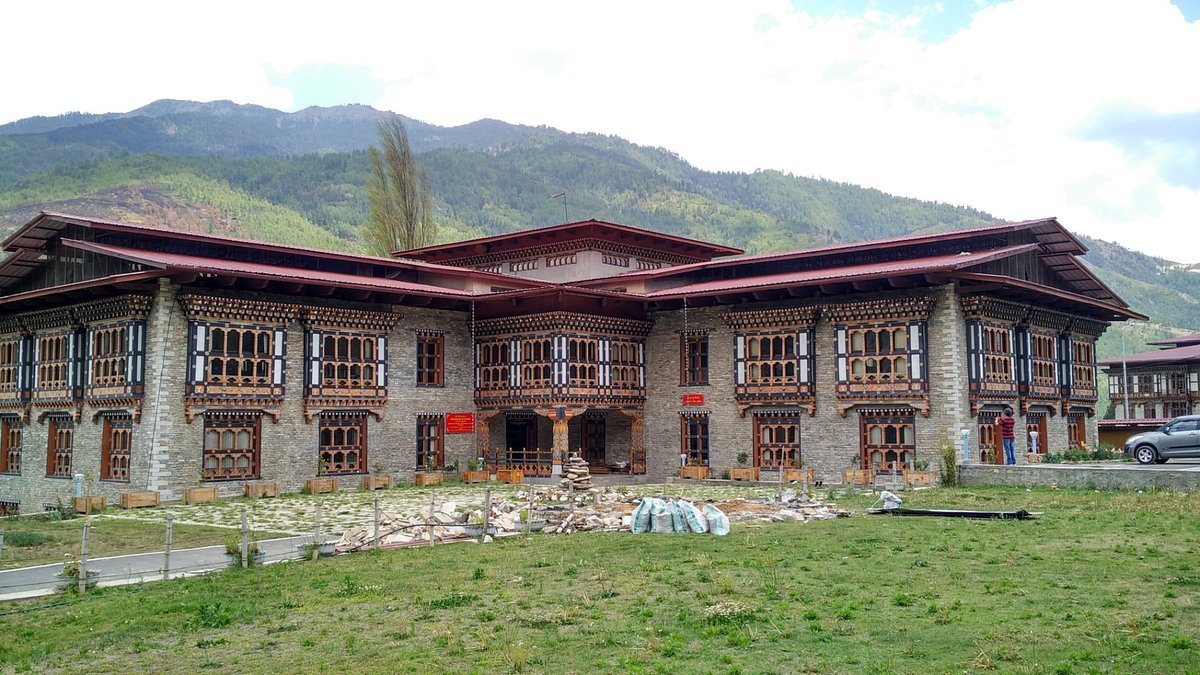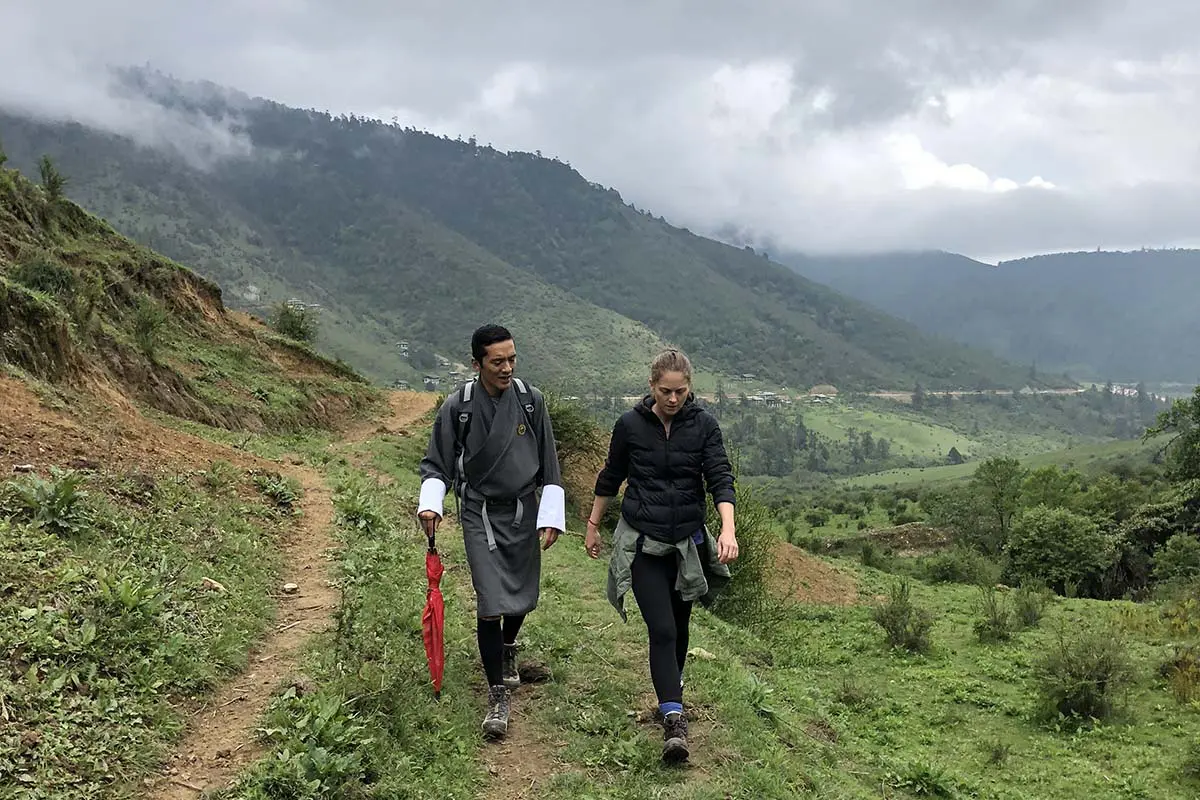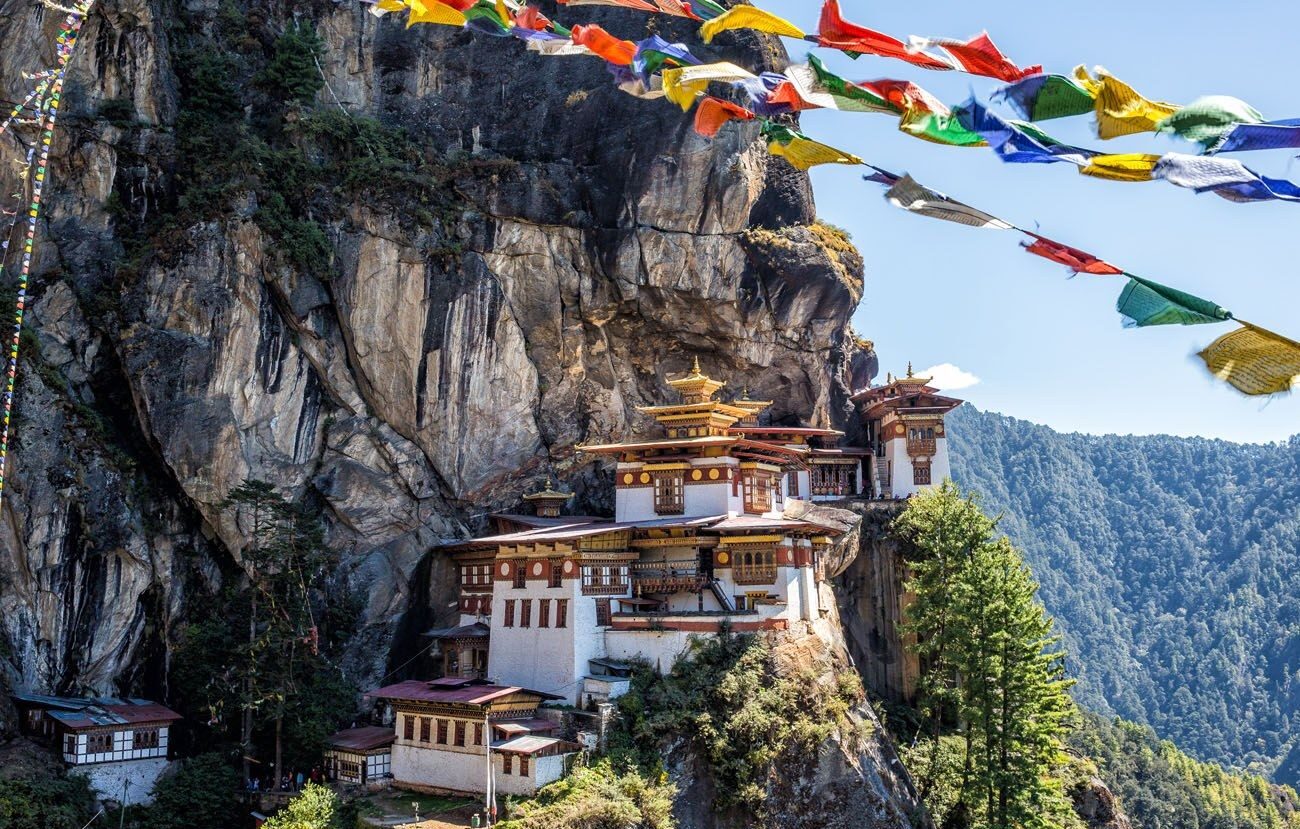Planning a trip to Bhutan in 2025 or 2026 involves understanding several key aspects to ensure a smooth and enjoyable experience. This detailed guide will assist you in getting ready for your upcoming trip.:

Passport and Entry Requirements
-Passport: Ensure your passport has at least two blank pages and is valid for six months after your departure from Bhutan. Indian nationals can use a voter ID for entry, instead of a passport.
Sustainable Development Fee (SDF)
– SDF for Foreigners: USD 100 per night is charged to foreign tourists, intended to promote “high value, low volume” tourism.
– SDF for Indian Tourists: INR 1200 per night.
Travel Insurance
– Travel insurance is optional but recommended for protection, especially for those partaking in treks or high-altitude activities.
Independent Travel and Guide Requirements

– Independent Travel: You can travel independently within Paro and Thimphu, but a guide is mandatory for special sites, like Taktsang Monastery. Outside these areas, a guide is required.
Peak and Off-Seasons
– Peak Seasons: March-May and September-November. These months offer stable weather and excellent hiking conditions but may have higher costs due to demand.
– Off-Seasons: Summer and winter are quieter and less expensive, with fewer tourists.
Bhutanese Festivals
– Bhutan celebrates vibrant festivals, including Paro Tsechhu and Thimphu Tshechhu, featuring traditional dances and ceremonies. Time your visit to experience these unique cultural events.
Flying to Bhutan
– Only two airlines, Druk Air and Bhutan Airlines, operate flights to Bhutan. These flights are mainly from hubs in India, Nepal, Thailand, Singapore, and Bangladesh. Book early, especially during peak seasons.
Road Travel
– You can enter Bhutan from India via Phuentsholing, Samtse, Gelephu, and Samtuk Jongkhar. Private vehicles with registered Bhutanese drivers are required, as self-driving is prohibited.
Smoking Regulations
– Smoking is banned in public spaces, and tobacco products are not locally available. Tourists can bring in 200 cigarettes, which must be declared at customs.
Packing Tips
– Pack comfortable shoes for walking and hiking. Bring weather-appropriate clothing and sunscreen, as Bhutan’s sun can be intense, and it’s common to visit monasteries where modest dress is required.
Motion Sickness and Stray Dogs
– Bhutan’s mountain roads can cause motion sickness due to sharp curves. If you’re prone to motion sickness, pack medication. There are also many stray dogs, so exercise caution, especially at night.
Cost of Visiting Bhutan

– The cost varies by accommodation choice. Expect around USD 240-300 per day for mid-range stays (including SDF), or USD 700-1000 for luxury options.
Unique Experiences in Bhutan
– Create a Custom Postage Stamp: At the Thimphu post office, design your own stamp.
– Handmade Paper: Visit a factory to make Bhutanese traditional paper.
– Dhaor Archery: Watch or participate in Bhutan’s national sport, archery.
– Traditional Attire: Experience Bhutan’s culture by wearing the local attire, Gho for men and Kira for women.
– Takin Sightings: Visit the Royal Motithang Takin Preserve to see Bhutan’s national animal, the Takin.
Attractions in Bhutan
– Tiger’s Nest Monastery: Hike to this iconic monastery built on a cliffside in Paro.
– Punakha Dzong: A majestic fortress at the confluence of two rivers.
– Phobjika Valley: A valley known for the endangered black-necked cranes, which arrive in winter.
By understanding these travel essentials and recommendations, you can plan a trip that immerses you in Bhutan’s unique culture, breathtaking landscapes, and spiritual traditions.

